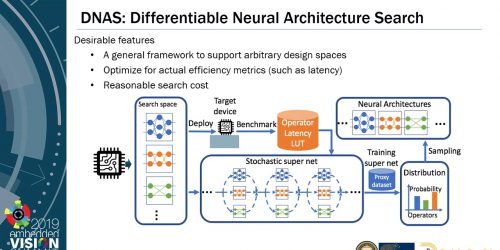“An Introduction to Machine Learning and How to Teach Machines to See,” a Presentation from Tryolabs
Facundo Parodi, Research and Machine Learning Engineer at Tryolabs, presents the "An Introduction to Machine Learning and How to Teach Machines to See" tutorial at the May 2019 Embedded Vision Summit. What is machine learning? How can machines distinguish a cat from a dog in an image? What’s the magic behind convolutional neural networks? These […]




